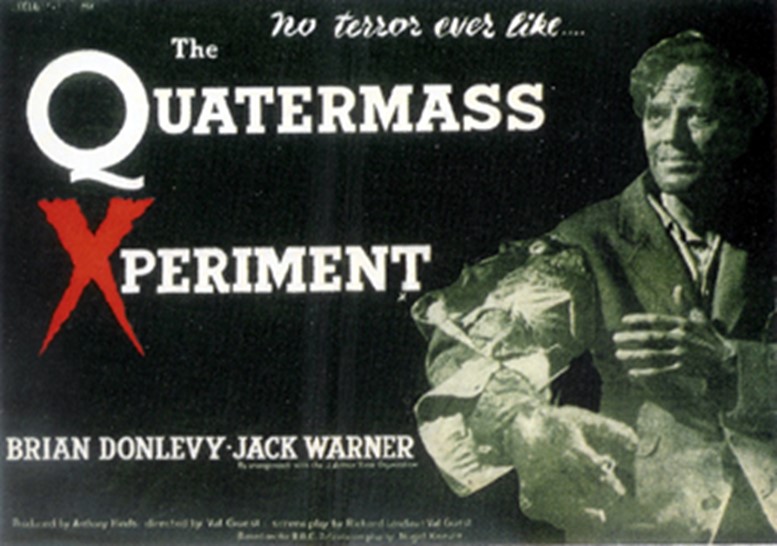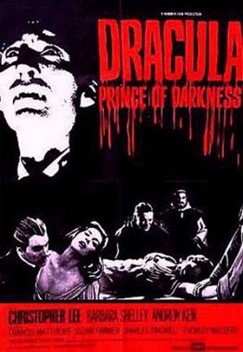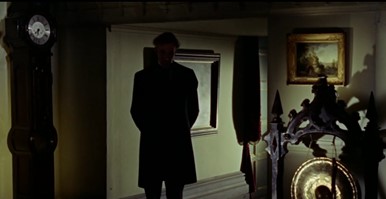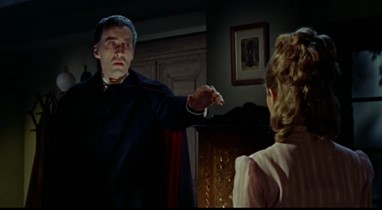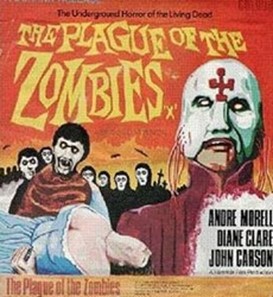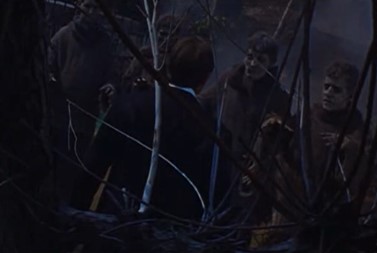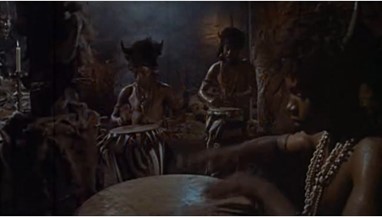
by Fiona Moore
The SF, fantasy and horror genre films of 1969 continue to disappoint, with most being competent at best and risible at worst. The exceptions seem to come in areas which are not normally considered genre; this month, the better movie in our scope is one that I would consider fantasy, but I suspect most would think that's a bit of a stretch.
Let's get the other film over with first.
Moon Zero Two

Moon Zero Two is Hammer Films’ attempt to branch out into sci-fi. While I do generally approve of people and organisations expanding their repertoires, and I'm always happy to support my neighbours in Bray, I’m afraid this isn’t really an encouraging example, and I think they ought to stick to horror.
The story is essentially a Western, set on the Moon in 2021. Our hero, Kemp (James Olson) is a former space explorer for a corporation, which has now abandoned exploration in favour of more ordinary Earth-to-moon travel. Rather than become a shuttle pilot, Kemp is working as a salvager in a beat-up spaceship (the titular Moon 02). He is approached by a wealthy businessman (Warren Mitchell) who wants to secretly crash an asteroid made of pure sapphire into the Moon in order to mine it, and a pretty girl (Catharina von Schell) who is looking for her missing miner brother. Naturally the two plots tie up together in an exciting, if not really very believable, way.
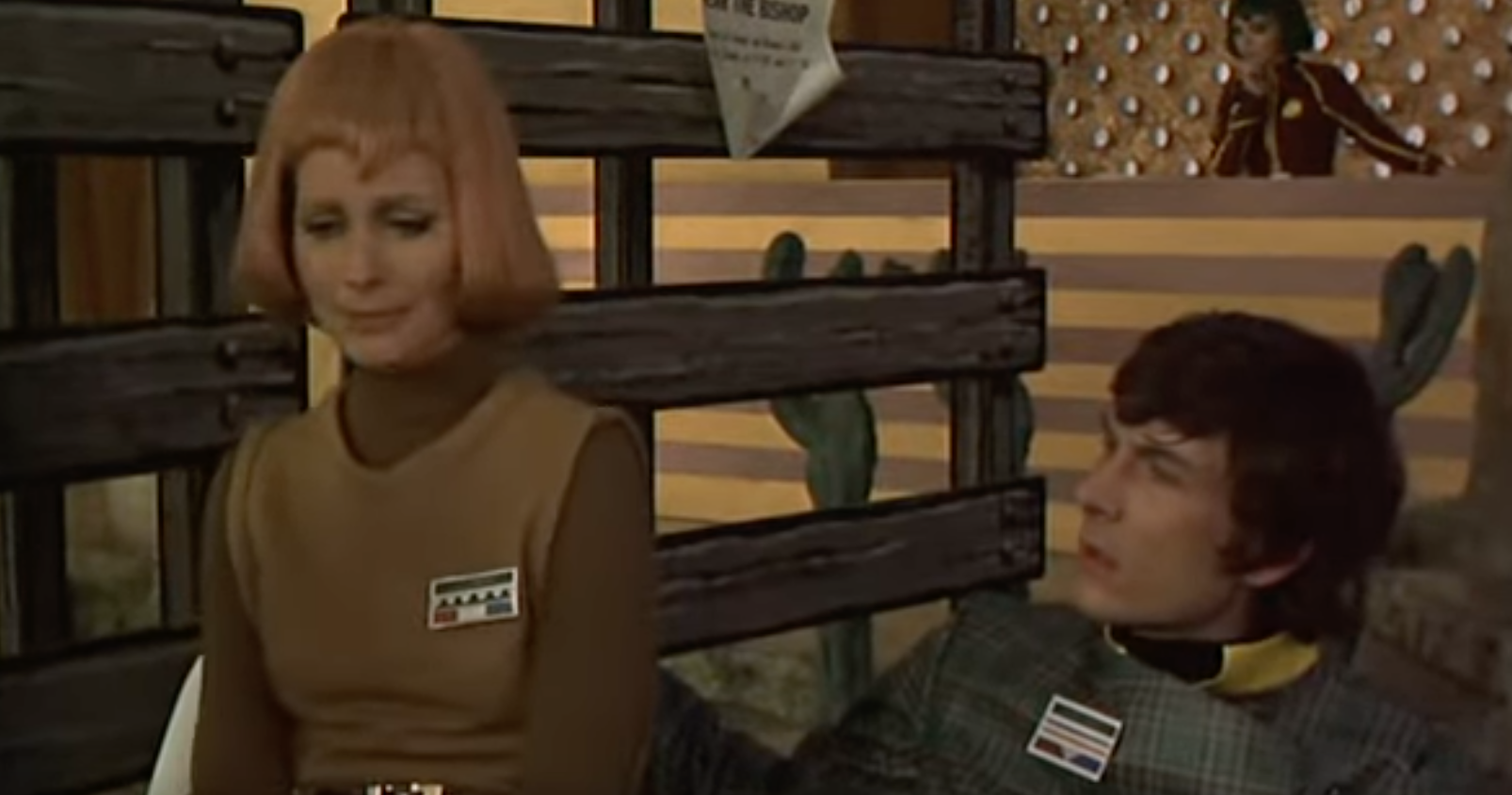 Future fashions: must they *always* involve coloured wigs?
Future fashions: must they *always* involve coloured wigs?
The main problem with the movie is that it can’t make up its mind if it wants to be a serious movie or a spoof, with decently-researched elements like water mining on the moon to provide oxygen, and a character being murdered by swapping out his suit’s oxygen cylinder for one containing cyanide gas, to comedy scenes like Catherina von Schell walking in on James Olson in the shower or a fistfight in zero gravity consisting of slow-motion combat. We’re told that space travel is “fairly new”, and yet there’s a hotel, saloon and boutiques on the Moon. There’s a troupe of dancing girls who seem to be on stage day and night, with dull choreography that’s not going to give Raumpatrouille Orion any sleepless nights.
The adventure plot is enjoyable but predictable, with a bad guy straight out of James Bond; the modelwork is very nice; the design is pretty but derivative. There are a lot of girls in wigs (including one that looks suspiciously familiar from set photographs of Gerry and Sylvia Anderson’s new live-action series) and very brief outfits. Presumably in the name of women’s lib, one of the men gets his kit off too, but since it’s James Olson, nobody really cares. There’s also a little cartoon sequence in the opening credits which has very little to do with the movie itself, but is cute.
Zero Two stars.
Oh! What a Lovely War
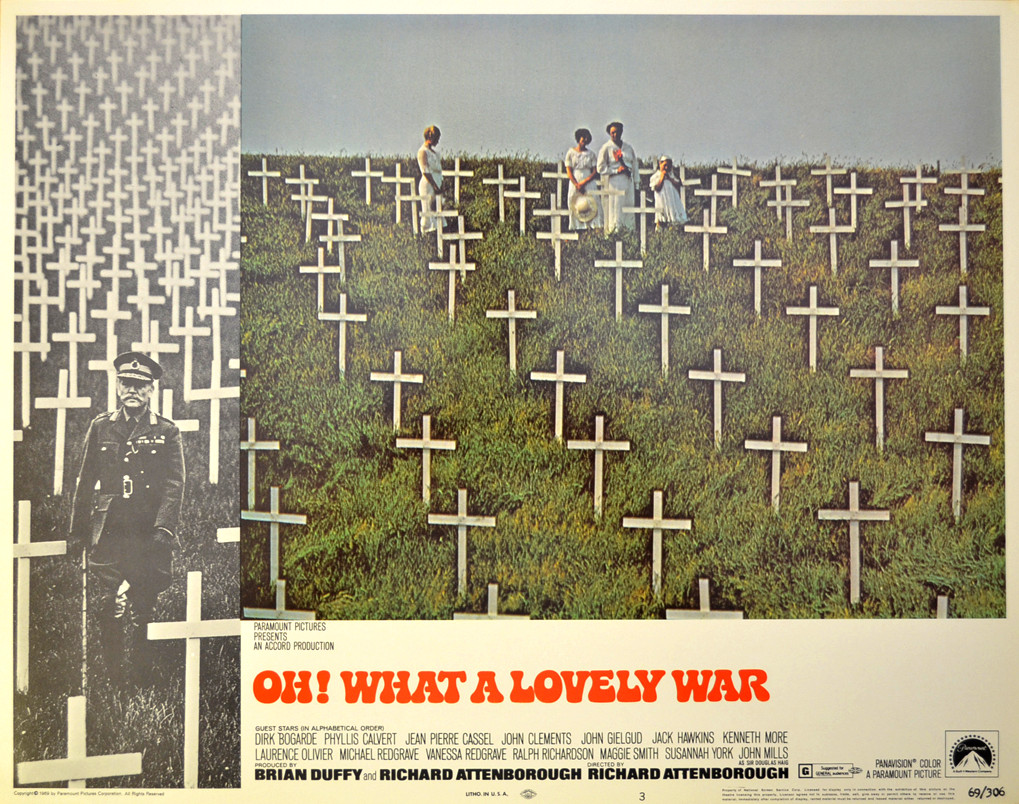
By contrast, Oh! What a Lovely War is a delightfully creative object lesson in how to make a brilliant film on a tiny budget. Based on the stage play of the same name, itself built around the popular songs of World War One, and shot around Brighton of all places, the movie takes surrealism and absurdity to new levels, deploying the current mania for zany comedy, folk music and all things Edwardian to pointed political ends.
The nature of the movie makes it difficult to summarise. The events and impact of World War One are unfolded through quotes from letters and speeches of the day and musical numbers featuring popular songs of the period, but in bizarre, surreal staging. Britain’s entry into the war is shown through happy punters queueing up to buy tickets to Brighton Pier (with a lit-up marquee designating it WORLD WAR ONE). Characters who are about to die have this fact symbolised by their being handed a poppy. An “everyman” family, the Smiths, form our point-of-view characters, representing the working-class Britons lured into the war by political propaganda and then treated as brute cannon-fodder by their supposed betters. Starkly realistic scenes of trench life are interspersed with darkly comic interludes where, for instance, the French cavalry ride cheerfully to their deaths on a fairground carousel. Troop numbers, casualties, gains and losses are totted up on a football scoreboard. And so forth.
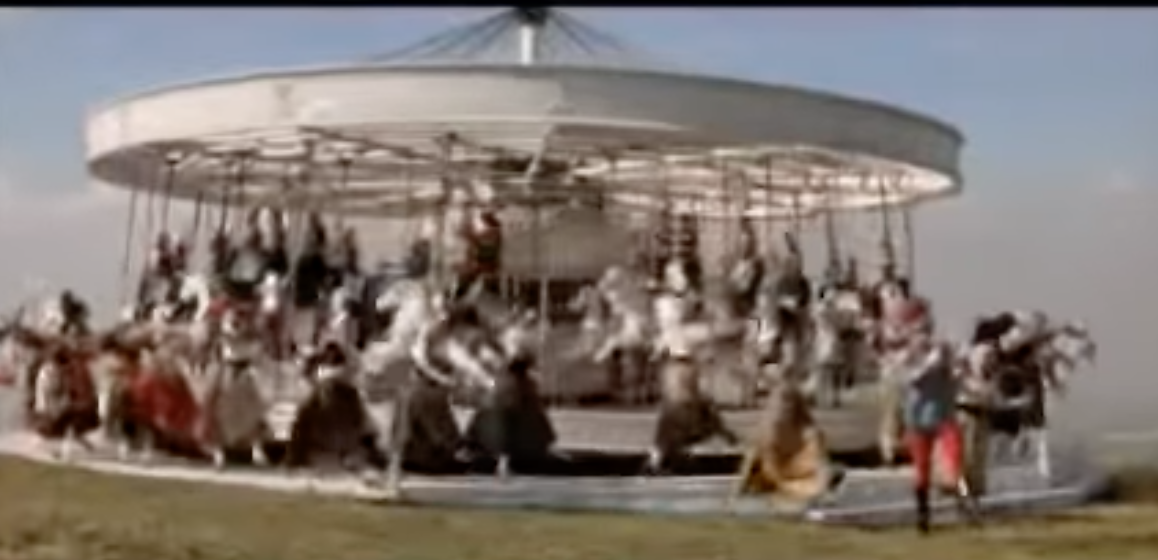 The French cavalry charging on merry-go-round horses
The French cavalry charging on merry-go-round horses
All of the surrealism and humour has a sharp point, though. As well as laying bare the absurdity and waste that is war in general and World War One in particular, the movie has some pertinent things to say about class, capitalism, and the way in which the poor are induced to die so the rich can live comfortable lives. A scene where a French soldier begins narrating his letter home, and then, partway through the scene, the same letter is narrated by a German soldier, belies the divisive language of the officers and politicians to show the common humanity of the troops. A fireworks show at a party for the gilded wealthy at home becomes the shelling of a trench in Belgium. The parallels with the experiences of our characters and the events currently unfolding in the Far East are uncomfortably clear, of course, but also with twentieth century conflict more generally. Just as it’s easier, sometimes, to get sensitive political messages across by setting the story in the far future or in a fantasy world, so the surrealism allows the movie to get sharper than a straight production might have done.
 Maggie Smith sets a honeytrap for unwary recruits
Maggie Smith sets a honeytrap for unwary recruits
The cast blends veterans of stage and screen like John Mills and John Gielgud with relative newcomers like the beautiful Maggie Smith, Vanessa Redgrave, Susannah York and Maurice Roeves. The director, Richard Attenborough, is an established actor who is making his directorial debut, and I hope we see much more of him behind the camera as well as in front.
Musical highlights include “One Staff Officer”, featuring infantry officers skipping and leapfrogging; a bitterly ironic rendition of “Pack Up Your Troubles” by a troop of the injured, and the title number, where General Haig and his field staff show their complete indifference to the suffering of the men at the front. I particularly liked the rendition of “Bombed Last Night” by a trenchful of soldiers keeping the horror of their experiences at bay with gallows humour. But the culmination comes in a service in a bombed-out church where parody hymns and an insipid service show starkly how church and state are suborned in the service of war and how the soldiers are, truly, lions led by donkeys.
Five stars.

![[October 18, 1969] Cinemascope: We'd Be Tickled to Death to Go (Moon Zero Two and Oh! What a Lovely War!)](https://galacticjourney.org/wp-content/uploads/2024/10/691018posters-1-672x372.jpg)

![[September 20, 1969] Cinemascope: Stitched from the past; schemed from the future (<i>Frankenstein Must Be Destroyed</i> and <i>The Italian Job</i>)](https://galacticjourney.org/wp-content/uploads/2024/09/690920posters-521x372.jpg)

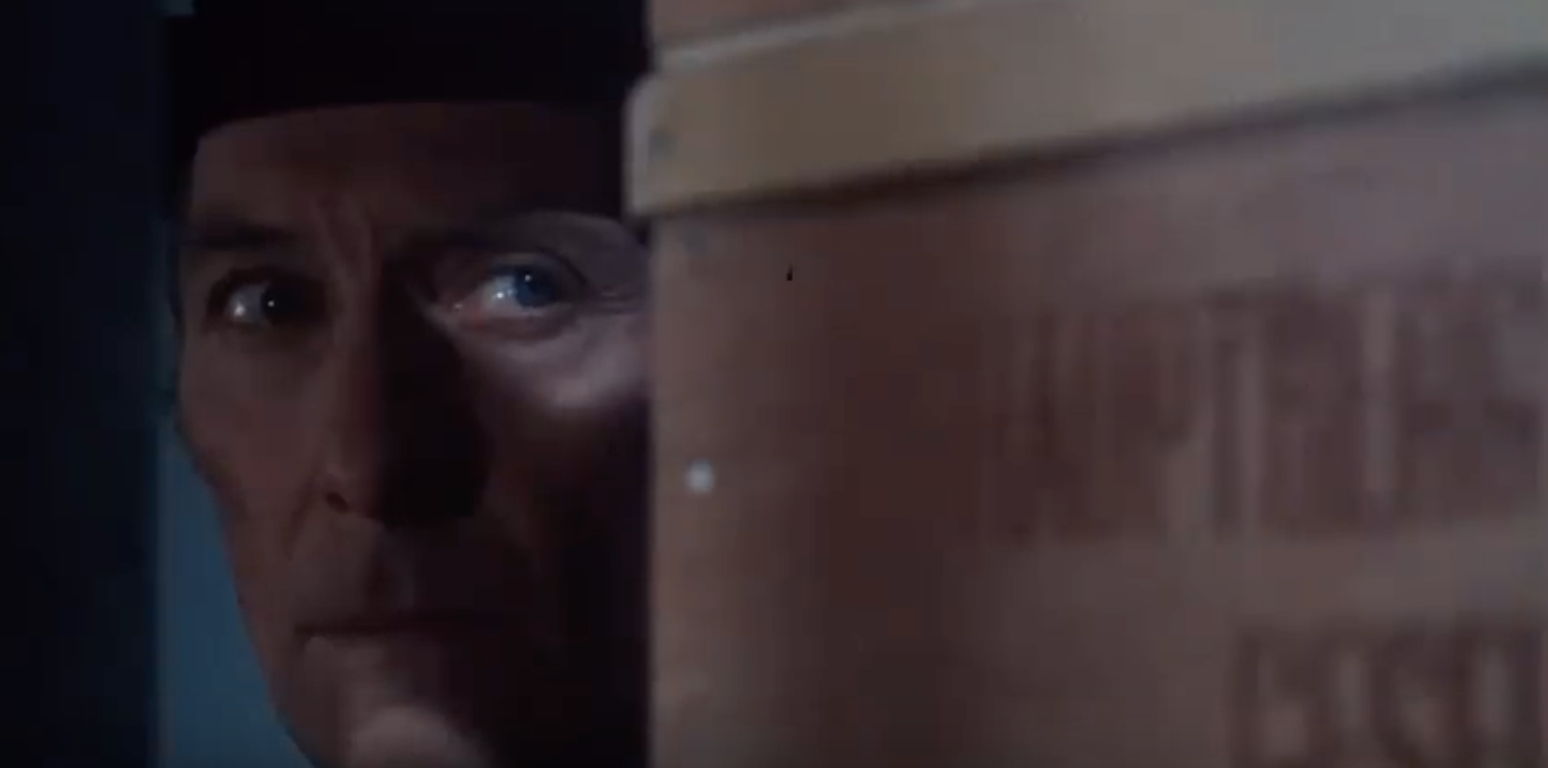
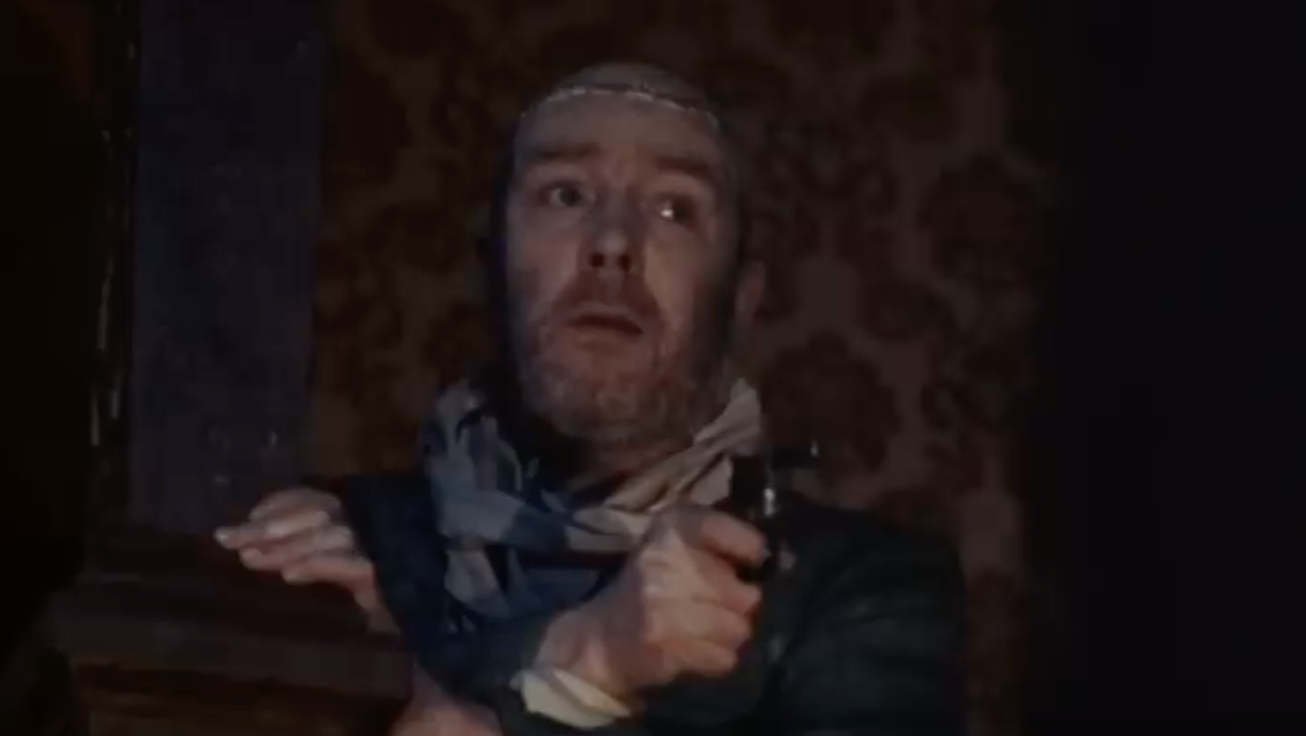 Freddie Jones as The Creature cuts a pathetic figure
Freddie Jones as The Creature cuts a pathetic figure
 Criminals from all walks of British life, in a planning meeting
Criminals from all walks of British life, in a planning meeting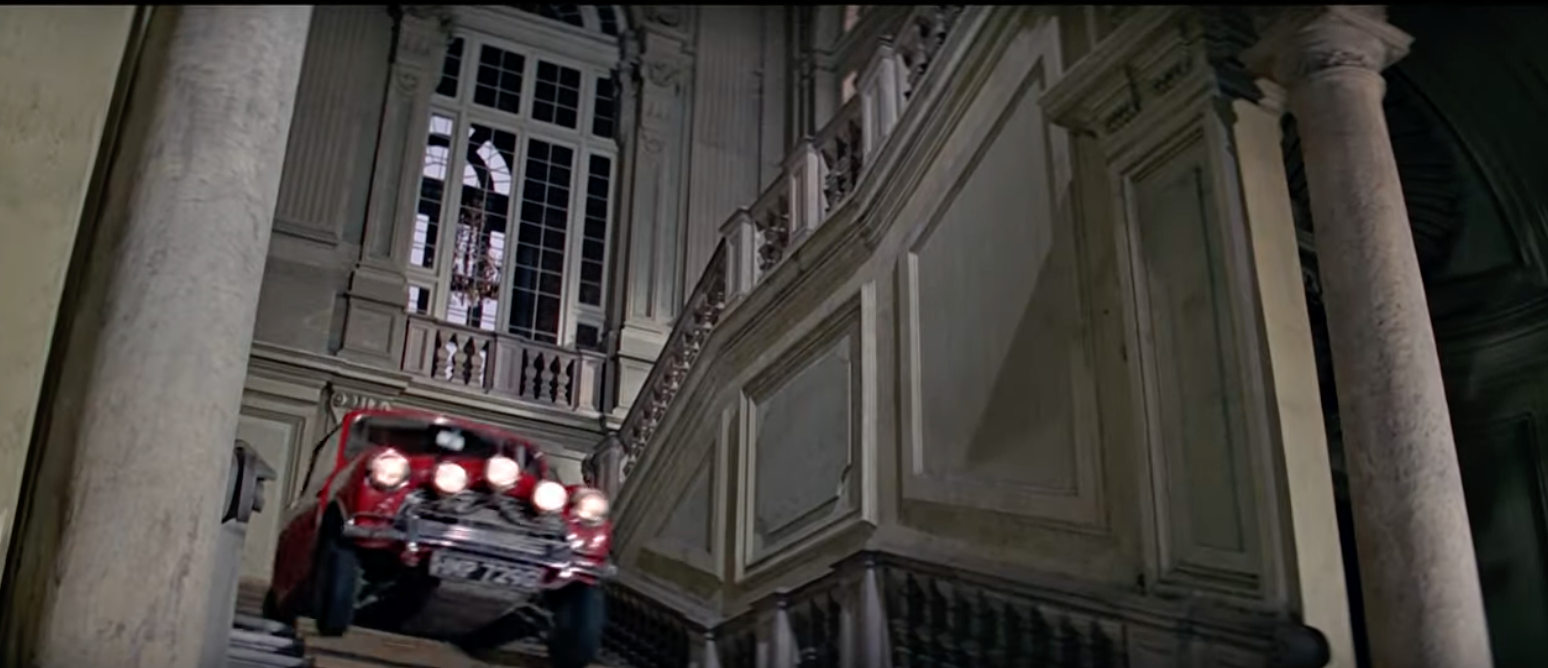 The Minis! They're amazing! They go everywhere!
The Minis! They're amazing! They go everywhere!![[January 14, 1966] An Excellent Set of Hammers (<i>Dracula Prince of Darkness & Plague of the Zombies</i>)](https://galacticjourney.org/wp-content/uploads/2021/01/Hammer-Titles.jpg)



